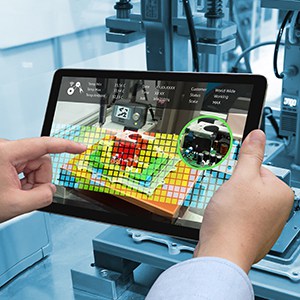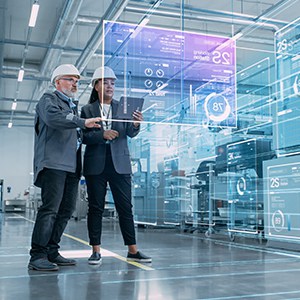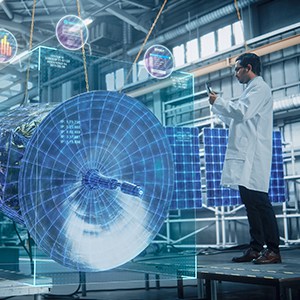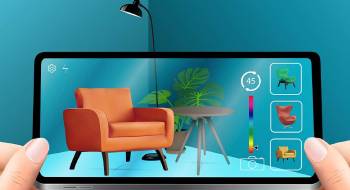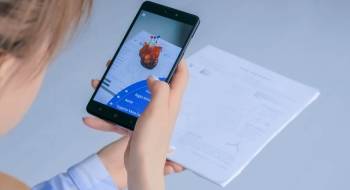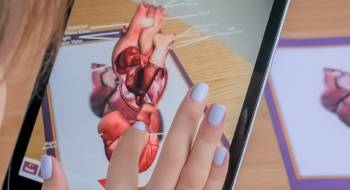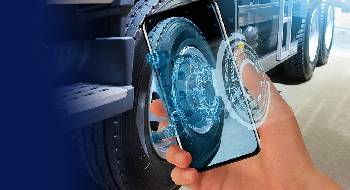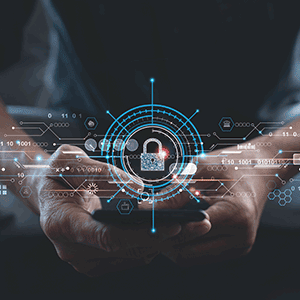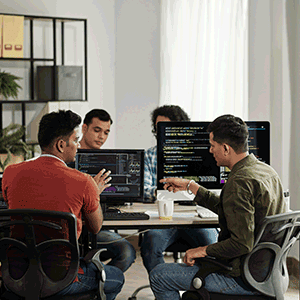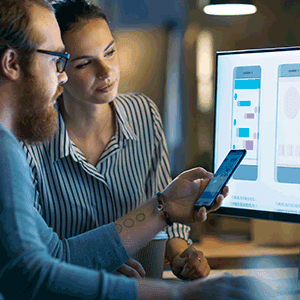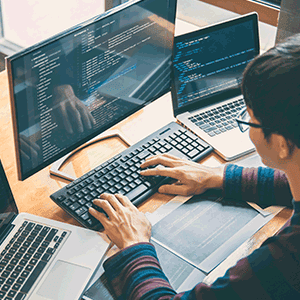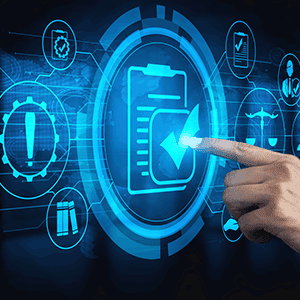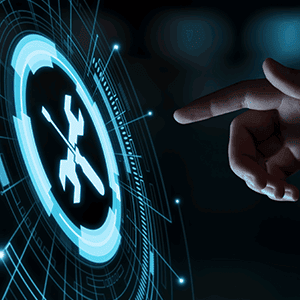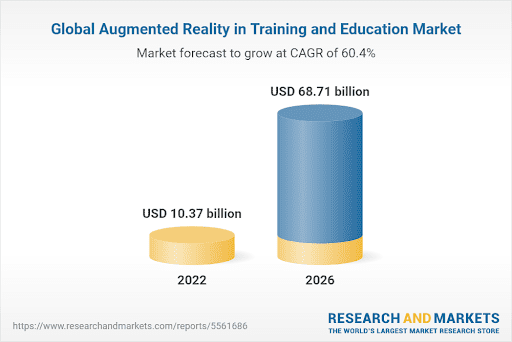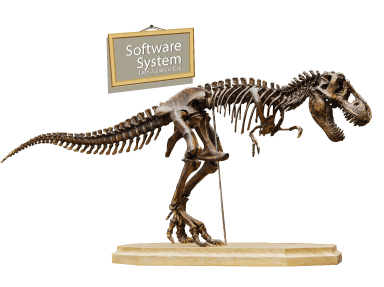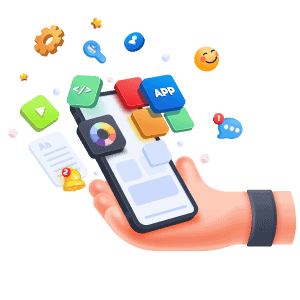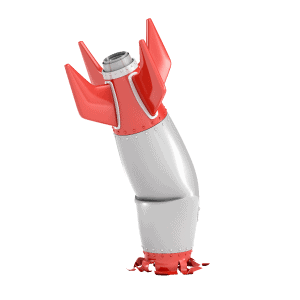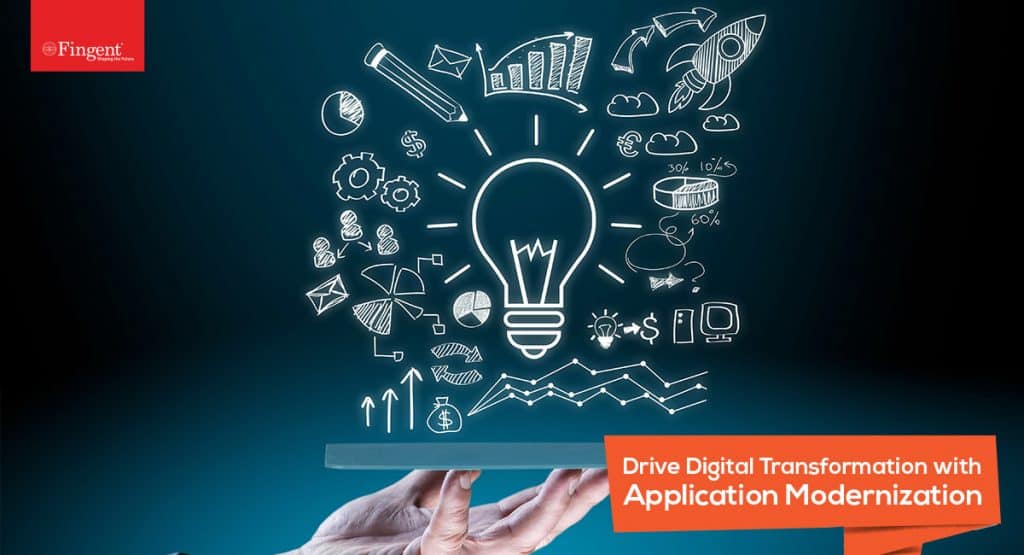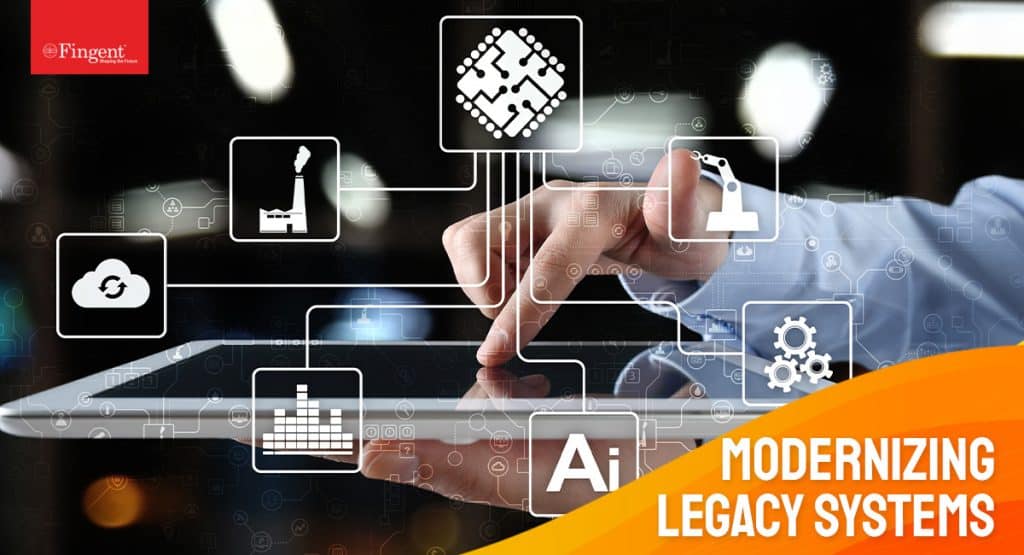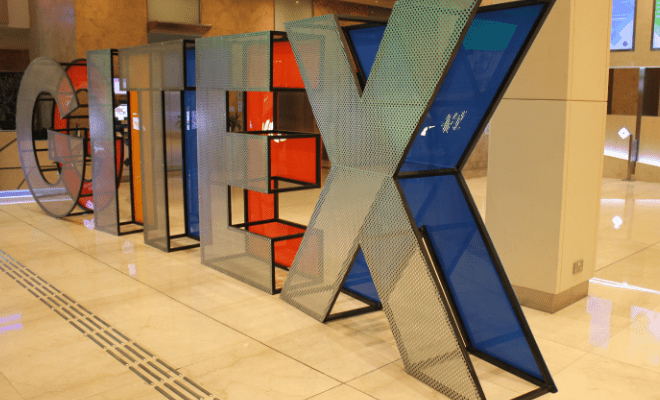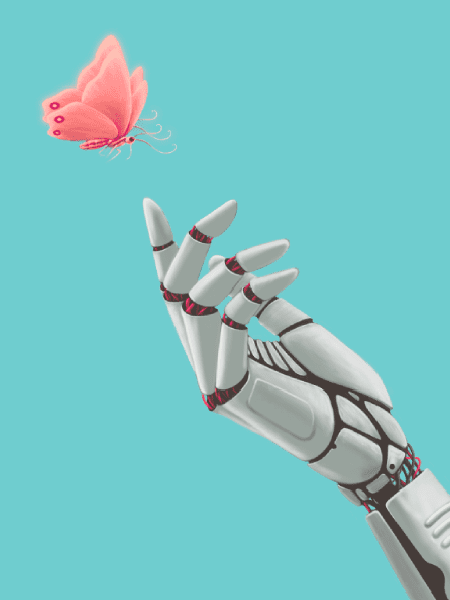Remote Assistance
Using an AR-supporting device, a junior technician working on-site can receive assistance from an SME located elsewhere. An AR-enabled portable device, such as a smartphone or tablet, allows the novice technician to share their view of a machine or faulty equipment with a remotely located senior technician. The experienced technician can see the device’s condition in real-time and guide the newbie through the task remotely. This improves first-time fix rates, helps record training sessions for future reference, and preserves the skills from retiring completely.
Faster Onboarding of Employees
Organizations can reduce onboarding efforts and costs by sharing 3D navigation routes and interactive virtual simulations of office premises, buildings, floors, shops, business processes, and workflows with the newly hired employees. Mandatory employee training programs, such as HR processes, occupational health and safety, cybersecurity, ISO, and other courses can be made more interesting and meaningful for employees through custom-built AR training software.
Field Service Staff Training
Field service professionals, including sales agents, field service technicians, on-site service engineers, and equipment maintenance staff can use AR headsets that project problem detection steps and troubleshooting tips on the screen of the headset. This allows field crews to quickly understand the entire process, such as how the machine is expected to function and where it needs fixing.
Product Knowledge Training
Conventional training methods like classroom learning, printed textbooks and learning materials, dull instruction guides, and unappealing visual illustrations are insufficient to keep pace with the industry’s rising learning curve. 3D product tours and augmented work instructions place products right in front of the employee, so they can familiarize themselves with the product components and its functioning, right away using their smartphone, tablet, or AR headset.
Training to Manage High-Risk Scenarios
Employees, specifically those working in high-risk industries, should be trained to deal with risky scenarios, without getting themselves exposed to real-life dangers. Augmented Reality enables us to virtually recreate vulnerable scenarios, such as fire hazards, riots, and other disasters. AR-based training equips firefighters, defense personnel, riot handling cops,and disaster management squads to hone their skills in encountering life-threatening risks and bringing them under control.









































